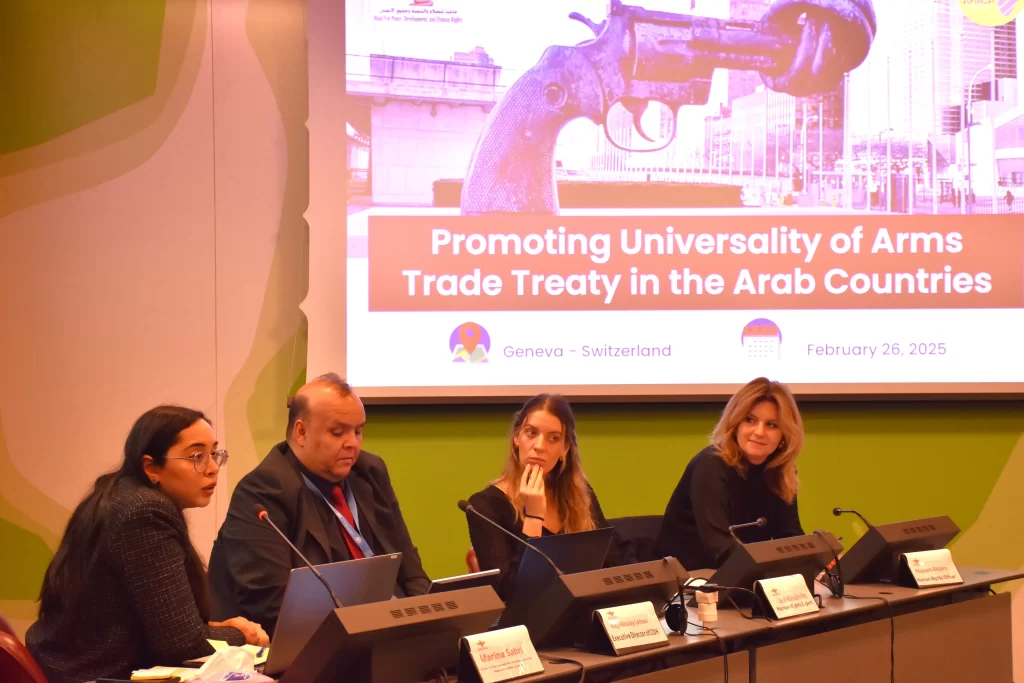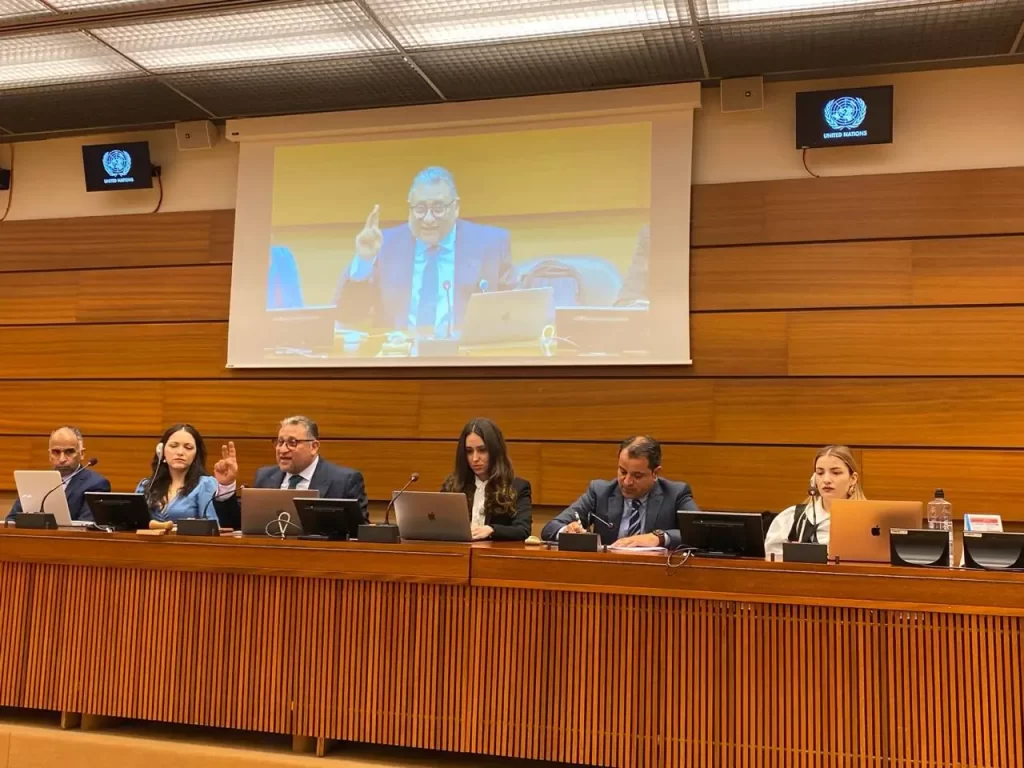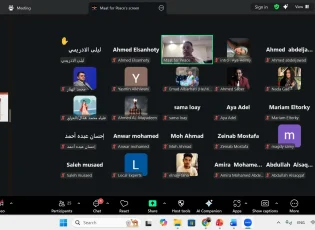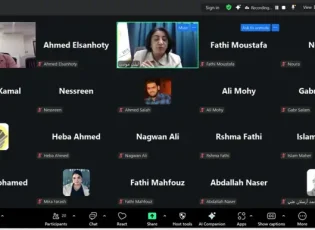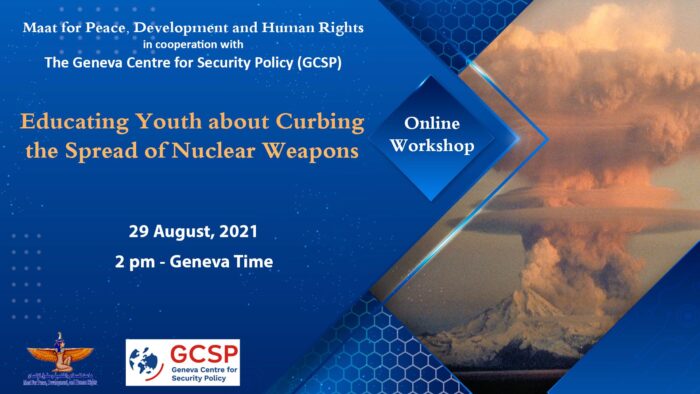
The history of nuclear testing began on 16 July 1945, and since then, over 2,000 nuclear tests were carried out all over the world. In the early days of nuclear testing, there was little interest in their devastating effects on human life, let alone the dangers of nuclear fallout resulting from atmospheric nuclear testing. Hindsight and history have shown us the horrific and tragic effects of nuclear weapons testing, especially when carried out under no control, and in light of today's most powerful and destructive nuclear weapons.
Since the United States detonated the first atomic bomb code-named” Trinity” at Alamogordo, New Mexico on July 16, 1945, over 2,000 nuclear tests have been carried out all over the world. As a consequence, there have been grave increase in the radioactive fallout resulting from atmospheric tests.
Despite international engagement in showing that nuclear weapons are inhuman and therefore should never be used, they continue to play a pivotal role in international security. Ironically, nuclear weapons are often viewed as a necessary evil, especially in light of the current, ever-changing and tense political climate characterizing some parts of the world. At the same time, young people feel they are not part of the issue, either due to lack of awareness or because they feel they do not have the power to make a difference.
This reflects the urgent need for concerted efforts not only in the implementation of relevant international treaties, but also in educating young people and encouraging their participation in the fight against nuclear weapons testing. According to the latest statistics conducted by the United Nations in 2013 on youth awareness of nuclear weapons, 86.4% of the participants were aware of those atomic bombs used in World War II, Japan recorded the highest awareness at 91.9% and the Philippines recorded the lowest at 71.8%. More than 1 out of 4 participants in the Philippines (namely 27.7%) could not name the country or the cities where the bombs were dropped. In the 2013 survey, the percentage of people aware of the atomic bombs used during World War II dropped slightly to 81.1%. According to a recent statistic conducted by the International Humanitarian Law Unit at Maat, 20% of youth are aware of the international efforts made by international institutions and United Nations offices since the declaration of the International Day against Nuclear Tests as well as the major developments, discussions and initiatives in place, whereas 50.5% thereof are aware of the challenges and dangers of nuclear weapons, which encouraged the International Humanitarian Law Unit at Maat to consider organizing a workshop entitled “Educating Youth about Curbing the Spread of Nuclear Weapons” in cooperation with the Geneva Centre for Security Policy (GCSP) and United Nations Office for Disarmament Affairs (UNODA), as supporters of disarmament education and nuclear weapons’ authorized, the 30th anniversary of the closure of the Semipalatinsk nuclear test site and the International Day Against Nuclear Tests. 29 August was adopted by the United Nations General Assembly to raise awareness and education “about the effects of nuclear weapon test explosions or any other nuclear explosions and the need for their cessation as one of the means of achieving the goal of a nuclear-weapon-free world.” Therefore, this workshop will target young people of different nationalities, ages and specializations, yet most of the participants will be from the Arab region.
--
In this light, this proposal discusses the objectives of the workshop, the themes of the proposed agenda to work on, as well as the suggested dates and number of participants
Logistics details
- The Workshop Title: Educating Youth about Curbing the Spread of nuclear weapons
Workshop objectives:
General objectives:
• to build the capacity of youth in the field of disarmament and encourage them to promote the idea of curbing the use of nuclear weapons
Specific objectives:
- Awareness of the legal and international frameworks that have been adopted in the field of curbing the use of nuclear weapons;
- Rehabilitating and encouraging the capabilities of youth;
- Promoting youth’s capacities for dialogue and developing solutions for the challenges of curbing nuclear testing;
- • Encouraging young people to launch initiatives in this regard specifically to protect the environment and other aspects that may be affected by nuclear tests.
- Action: A day-long workshop
Target groups: Young people of different Arab, African and European nationalities, as well as young people from South America
Timing: 2:00 to 4:00 Geneva time
Number of participants: 100 participants
Execution date: August 29
Workshop partners: The International Humanitarian Law Unit (MAAT), the Geneva Center for Security Policy and the United Nations Office for Disarmament
Language used in the workshop: English “There are some Arabic speakers”
Workshop themes and topics covered
* It will be in the form of a panel discussion to present all aspects of the problem and challenges, then the participants will be divided into rooms to present their recommendations.
- What are nuclear weapons and their danger to society?
- On the effects of nuclear weapons test explosions or any other nuclear explosions and the need to stop them as one of the means to achieve the goal of a world free of nuclear weapons
- Developments, discussions and initiatives related to anti-nuclear testing
- The role of international conventions, governmental efforts, international organizations and civil society organizations
Workshop Outcomes
A comprehensive paper of recommendations for the international community and governments, including development solutions that help the United Nations Office for Disarmament and other decision-makers in that file, by the youth participating in the workshop
shortlink: https://maatpeace.org/en/?p=33590



